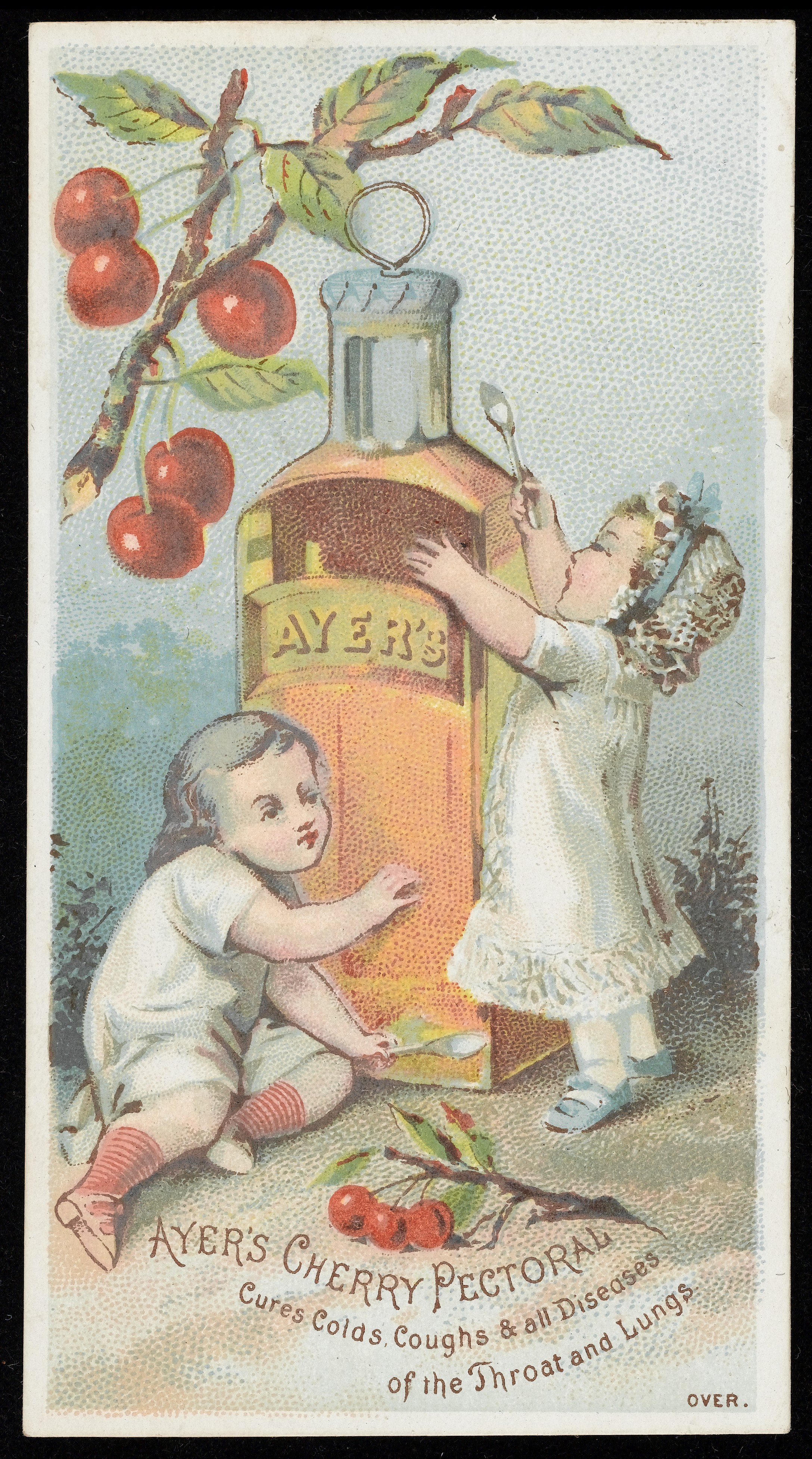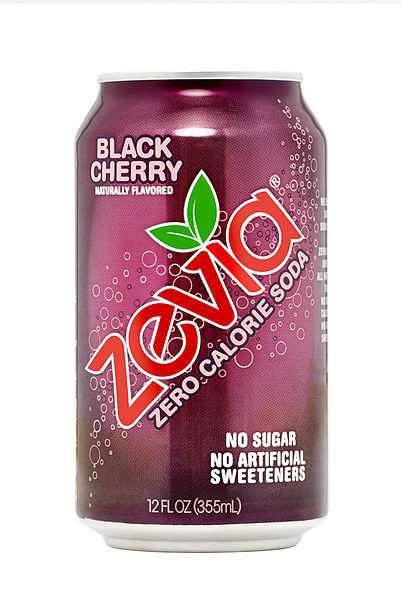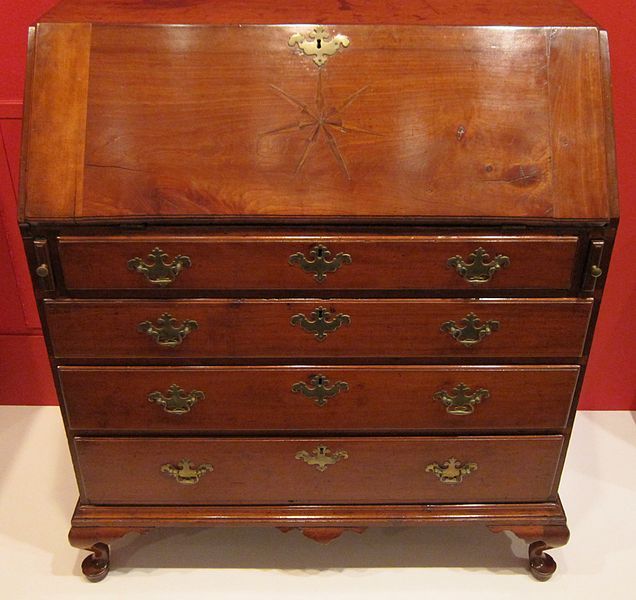Black Cherry : Black Cherry Traditional and Current Uses
A greenish layer hidden under the scaly bark of young, thin trees can be stripped off and dried to be used as an old time remedy for coughs. The inner bark was used in the Appalachians as a cough remedy, tonic and sedative, and many artificial cough medicine flavors today reflect this old-time use. The medicinal qualities are supposedly derived from a glycoside, but the bark may pose a threat in large doses due to the presence of hydrocyanic acids, which are a form of cyanide. These cyanide precursors are released when the plant tissue is damaged, and may function as a defensive mechanism. For this reason wilted leaves are often high in concentration of these cyanide precursors, making the black cherry responsible for harming livestock that have grazed on its leaves.
The Native Americans blessed with this tree used the fruits of Prunus serotina as a key ingredient for pemmican, a mixture of fruit, meat, and fat. There has been a melody of other uses for this fruit as well, from cough remedies to gastrointestinal aids. Later settlers discovered the fruit to be useful in flavoring rum and whiskey, hence one of its alternate names: rum cherry. The fruit is also fine unadulterated (a bit sharper in taste than the cultivated cherry), and I imagine on silent fall nights the creatures of the forest gather under these trees to feast. The fruits have been used in a variety of foods, and with its better known siblings of cultivated cherries, have influenced American flavoring of sweets and drinks. Many American childhood memories involve a black cherry soda with vanilla ice cream. They are good in pies, and are exceptional with dark chocolate, by the way.
The fruits of Prunus serotina hold not just flavor, but medicinal values as well. The fruits contain phenolic compounds that have significant antioxidant and antihypertensive effects, meaning they are beneficial against cardiovascular diseases. They are also high in sugar, protein, and potassium, making them an important nutritional source for both wildlife and people.
Arguably the most known aspect of this tree is its wood, which is valued for its warm shades of red and brown. The popularity of cherry heartwood comes from when the colonists first discovered its use as a substitute for mahogany. Cherry wood is unique in that it is the only major timber belonging to the Rose family. The wood has a close grain that is straight and easy to work. The wood is very durable, rot resistant, and has a sweet aroma. The fresh heartwood is a light pink-brown, but as the wood ages and is exposed to light, the wood turns into the deep, warm brown color cherry wood is known for. There have been stories of paneled walls of cherry retaining rectangles of their former lighter color after picture frames are removed, with the shade preventing the light-induced aging process. The wood has a low shrinkage rate making it a very stable wood: a quality that contributes to long lasting cabinets and furniture. These qualities have made the wood a prized material worldwide in furniture and cabinet making. Black cherry is usually priced close to black walnut, though it is often more expensive than oaks or maples. Asides from its use as an attractive hardwood for cabinets, the wood can be used to smoke meats, imparting a distinctive flavor.



